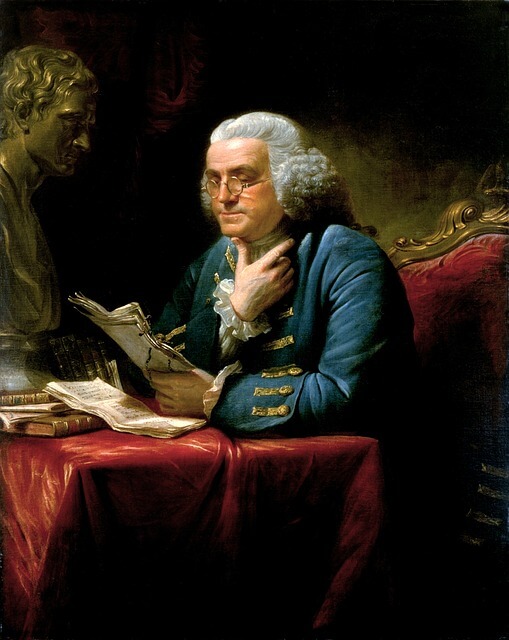Ever wondered just where those glasses you reach for each morning came from? How did it all begin? And, where will the future of eyewear take us? Sit back, relax and let us take you through it.
The concept of eyewear as we know it began back in the 10thcentury, around 1000 AD, where folk would fill pieces of glass with water and magnify the words by placing them on pages of writing. These were known as “Reading Stones”. These were hugely popular and extremely useful but perhaps not the most user friendly!
Moving in to the 11thcentury, an Arab scholar published a piece called “The Book of Optics” which described health and protection of the eyes, as well as function and anatomy. This was later translated into Latin, which enabled it to reach a far wider audience.
In 1284, it is rumoured that Salvino D’Armate created the first wearable glasses. Having suffered an eye injury through his own experiments he then discovered he could enlarge the appearance of subjects through pieces of glass. Around the same time in Venice, basic glass blown lenses were used and placed over the eyes, making “Roidi da ogli” or “round glass for the eyes.” The lenses then moved into more wearable glasses, being surrounded with wooden, leather or animal horn frames which could be held in front of the face.

Towards the late 1700s, founding Father of America, Benjamin Franklin, discovered that by cutting and piecing two separate lenses together, he could create what he called “double spectacles” or as we now know them – bifocals. The top half is used for distance, or far-sightedness and the bottom half for reading and close up vision, or near-sightedness. During this time, glasses, at last, began to have side arms as we would now recognise them. The glasses that perch on the nose were still extremely popular, not to mention the new crazes of the monocle and eyeglass, which were created in a variety of materials and styles, mostly to signify, (or shout about!) the individuals’ social class.

A little later, in the early 1800s, folding spectacles emerged, proving incredibly popular to those not wishing to wear glasses full time, or for easy storage when not needed. These could easily fold up into pockets, to be worn as and when the wearer required. The 1800s also brought the introduction of the cylindrical lens for astigmatism, and, moving into the industrial revolution, glasses became far more accessible and could now be mass produced.
Although many of the main advancements had been made by now, during the 1900s, designers began to elaborate on the concept of glasses as we know it. The availability of stronger plastics and new designs to suit face shape and fashion trends began in earnest. During the First World War, glasses were issued to troops and in 1948, with the advent of the National Health Service, they were available to all for a short time.

By the end of the twentieth century, lighter materials were incredibly popular, with a pair showcased at the Grand Prix of Technology in 1994 weighing just 3 grams. As styles and trends continue to move into the twenty first century, it is clear we have indeed come a long way.
So what’s next? We have already seen glasses as simply fashion accessories, rather than as a corrective tool for our eyesight. Sports eyewear is moving at a fast pace with the likes of goggles, masks, cycling glasses, the list is endless. Not only that but the early days of what seemed like space-age technology to most of us are here already – eyewear with augmented reality and virtual reality, throwing us into a future that most of us can only imagine.

Here at Malcolm Gray, we keep up with the newest trends but remain traditional at heart, focusing on what is important – the best eyewear you could possibly want with the best possible service.


Leave A Comment